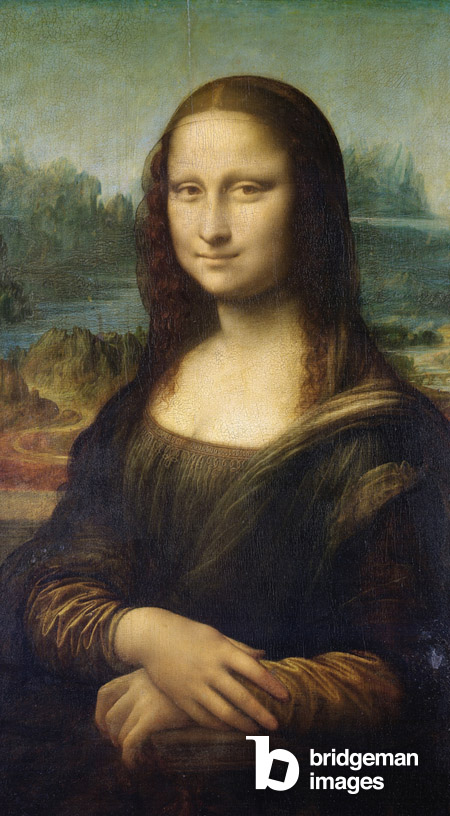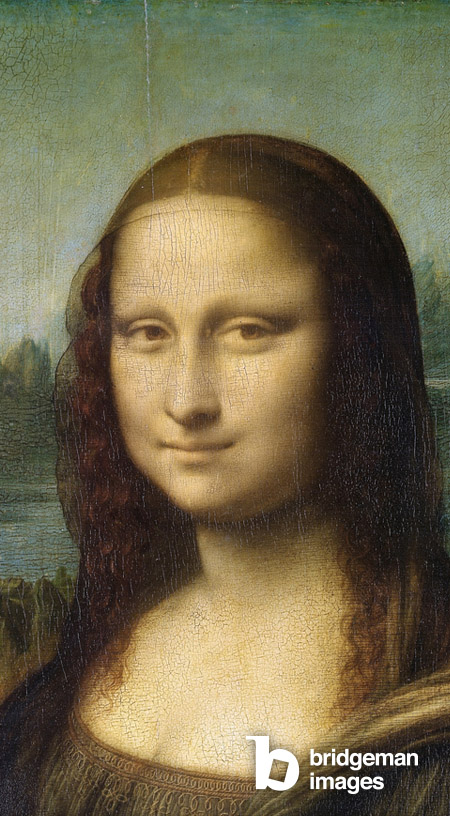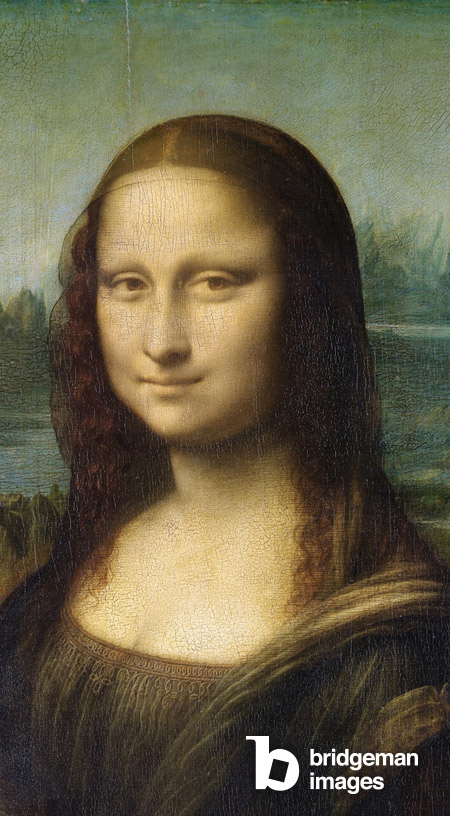Published 19/10/2023
The Mona Lisa is one of the most famous and iconic paintings in the world. It is a half-length portrait of a woman with a smile that has captivated admirers for centuries. The masterpiece is believed to have been started by Leonardo da Vinci in 1503, but it’s unclear when and if it was ever 100% finished. It is currently hanging proudly at the Louvre Museum in Paris. What makes the Mona Lisa unique is its technical excellence and mysterious subject matter; the lady in the painting is still unknown today. Throughout this article, we take a deep dive into the Mona Lisa’s history and importance.

Who Painted the Mona Lisa?
The Mona Lisa was painted by Leonardo da Vinci, one of the most renowned artists of all time. Born in Italy in 1452, Da Vinci crafted an incredible career as a painter, architect, sculptor, scientist, and engineer, until he met his end in France in 1519.
Even though Da Vinci received no formal education, he filled his mind with knowledge and became one of the most notable geniuses of all time. At the age of 15, Da Vinci was apprenticed to the Florentine painter and sculptor Andrea del Verrocchio, where he mastered his craft and became one of the most sought-after artists in all of Florence.
In 1482, Da Vinci moved to Milan and was employed by Duke Ludovico Sforza, where he completed countless projects ranging from architectural designs to paintings. While he was under Sforza’s employ, Da Vinci began exploring his passion for engineering and science.
Following the French Invasion of Italy, Da Vinci departed Milan and spent several years working on projects all over Italy. In 1503, he started crafting the Mona Lisa, and we can guarantee he had no idea it would become one of the greatest pieces of Western art.
During his work on the Mona Lisa, Da Vinci accepted an invitation from King Francis I to work at the royal court, so he moved to France in 1416. The last three years of his life saw him complete a number of projects, including the design of the flying machine.
When Was the Mona Lisa Painted?
Every source notes that Da Vinci began painting the Mona Lisa in 1503, but the exact date he finished it is unclear. According to The Collector, he worked on it for fourteen years until having to pause in 2017; it’s guessed that arm injuries were the likely cause. Unfortunately, Da Vinci never returned to finish the Mona Lisa before he passed away in 1519.
Other sources, including an article written by The Guardian, reference new evidence gathered by Alessandro Vezzosi. He claims that Di Vinci simply never completed the Mona Lisa because he suffered from paralysis, which meant he wouldn’t have been able to hold a palette or stand to paint.
Where Was the Mona Lisa Painted?
Da Vinci moved several times during his life, but it’s believed that the Mona Lisa was started while he was living in Florence in 1503; he returned there sometime after the fall of Duke Ludovico Sforza. All of the work is said to have taken place in Florence town hall, which is a stunning building called the Palazzo Vecchio.
The studio was well-lit and spacious and had a quaint fireplace to keep Da Vinci warm. As well as this, his workplace was always stocked with canvasses, paints, brushes, tools, and other materials required to complete his work. Da Vinci largely kept the Mona Lisa to himself, but it’s noted that a few close colleagues and friends visited his studio to see him at work.
In 1416, Da Vinci received an invitation to work in the royal court of King Francis I, and it’s believed he took the Mona Lisa along with him to finish the project. However, illness and old age sadly took his life before he got the chance.

Why Is the Painting of Mona Lisa Famous?
The Mona Lisa is known by pretty much everyone, even though it was painted more than 600 years ago. The reason it’s made an impression on generations is its psychological depth, realism, and technical excellence. As well as this, the subject’s enigmatic smile has been drawing the attention of viewers for centuries.
Da Vinci employed many innovative technical skills to create the Mona Lisa. Here are a few specific examples:
● Chiaroscuro: This technique used light and shadow to create drama and contrast. Da Vinci used chiaroscuro to give Mona Lisa a three-dimensional feel and sense of mystery.
● Aerial perspective: This skill involves making objects in the background appear less distinct. Da Vinci used aerial perspective so it looks as though the Mona Lisa is sitting in a landscape.
● Sfumato: This involves blending colours to create hazy, soft effects. Da Vinci uses sfumato to create the delicate features of her smile.
Alongside these innovative techniques, Da Vinci used other skills to create his most famous piece of art. For example, to create an extremely detailed and realistic portrait, Da Vinci used a thin layer of paint. Additionally, he used various pigments including azurite and lapis lazuli, which allowed him to create rich colours.
Using many expert techniques, Da Vinci created one of the most realistic portraits ever. He spent a significant amount of time studying human anatomy, and this commitment shows throughout the painting. For example, her eyes were created using a technique called “glazing”, which helps to add depth and bring them to life.
The Mona Lisa is celebrated for many reasons. In particular, the Mona Lisa’s smile is one of the most famous and has become the topic of much debate and speculation over the years. Some believe that her smile is a mask of her sadness, while others view her smile as a reflection of her inner happiness.
The ambiguity only adds to the allure of this painting. Other areas of psychological contention include her pose and eyes. Some people believe she’s gazing straight at the viewer, but her body is turned slightly away from the viewer to make it difficult to guess what she’s thinking.
Mona Lisa Painting Price
The Mona Lisa is undeniably among the most famous paintings, but it’s also one of the most expensive. Being owned by the French government, it hangs in the Louvre Museum in Paris. The exact price of the Mona Lisa is difficult to estimate because it has never been sold in the open market. However, back in 1962, it was insured for over $100 million, which would be well over $800 million today. Taking this into account alongside its historical importance, cultural impact, and technical brilliance, it’s likely worth over $1 billion.

How Long Did It Take to Paint the Mona Lisa?
Da Vinci started painting the Mona Lisa in 1503 and didn’t complete work on his masterpiece until 1519. It is believed that Da Vinci was never truly satisfied with the Mona Lisa, so we’ll never know how it would have looked had Da Vinci lived longer. Following Da Vinci’s death in Paris, King Francis I acquired the painting and it’s been on display in the Louvre ever since.
The Mona Lisa is a Renaissance masterpiece that continues to inspire and amaze people from all over the world. Considering the Mona Lisa was painted more than 600 years ago, its continued fame is a testament to Leonardo da Vinci’s skill and commitment to his craft.
See our selection of Renaissance artworks.
Visit Bridgeman Editions to purchase an exclusive print of this piece.


